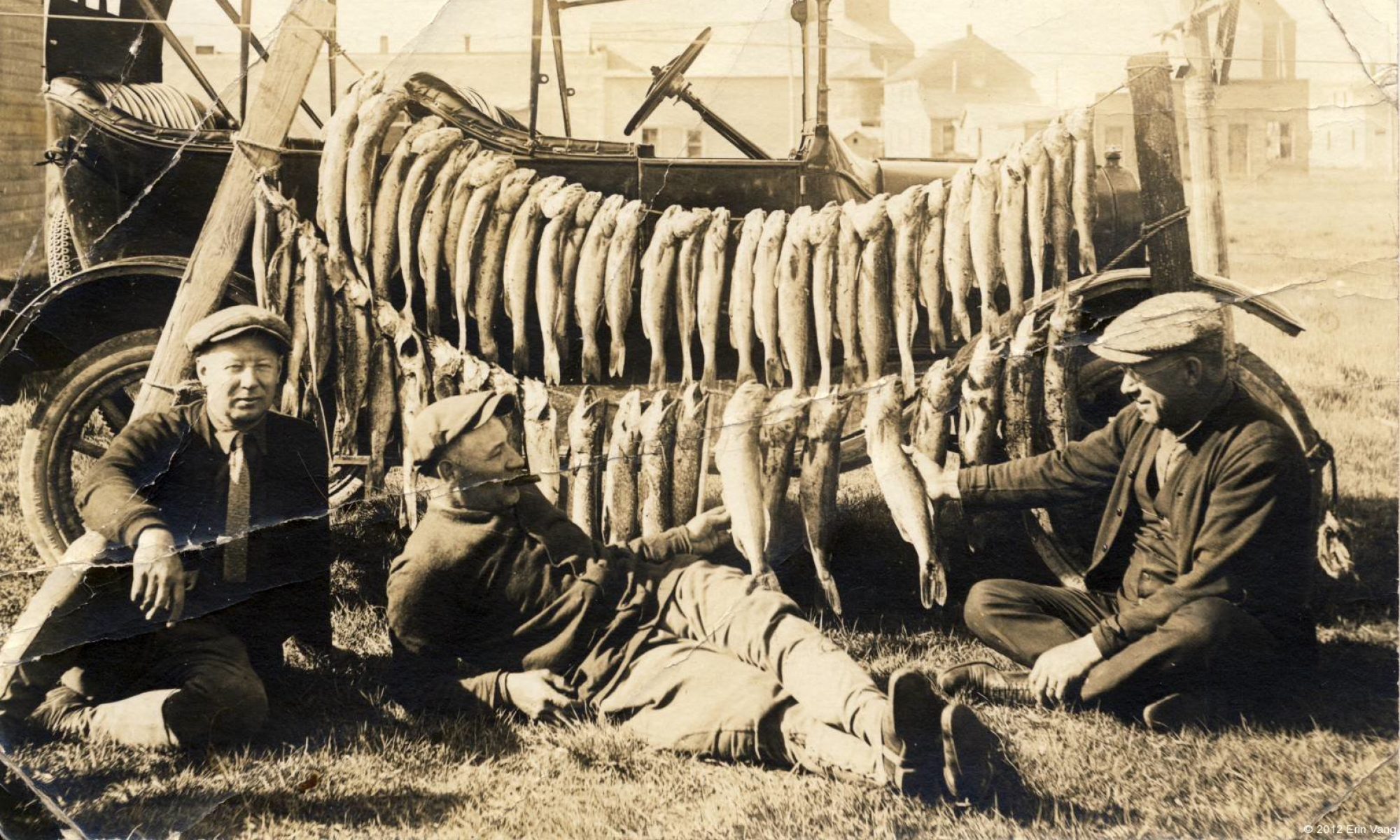Yesterday Victoria and I took a roadtrip to Dittmer’s, the fabulous German butcher that Katja recommended down in Mountain View. Katja was right–this is the place to stock up on German meats and miscellany. After cruising the shelves for kraut, almond paste, and so on, we bellied up to the meat bar and started discussing our plans with Mark, Dittmer’s son. Dittmer is seventy-something and on his vacation cruising somewhere.
Mark could not have been kinder nor more helpful. We asked for a goose, and he asked how we planned to roast it. Stuffed with onions and apples, of course! He suggested that no matter what, you start by lining your whole oven with foil. I think that’s a good idea, because as anyone who’s ever roasted a goose knows, they throw off more oil than you can possibly imagine. From a 12 lb. goose like we bought, you will typically get 15-16 lbs of oil, it seems. Okay, maybe 5 lbs. Or better yet, he suggested, we could roast it on the Weber grill. Great idea! We’re doing it! He also suggested using dried apples, because they’d soak up more of the oil, and later when we were picking out Würste, he suggested grating a bit of the paprika wurst into the stuffing, just to bring out that smokey flavor a bit more.
We then got several pounds of Nürnberger Bratwurst, their specialty, and several more pounds of cocktail-sized Frankfurters. (Later in our visit, he brought us a couple tastes right out of the smoker, and they’re outstanding. Probably twenty pounds of them wouldn’t have been enough.) These we’ll boil (probably in beer) and serve on a bed of Sauerkraut. For party purposes, we’ll probably chop them into generous-bite-sized hunks. We also got a hard, twice-smoked Paprikawurst, which is more of a thin-slices from the cheese and crackers area kind of sausage.
We asked his recommendations for a couple patés, and he proceeded to make us generous tastes of the Paté au canard (which also has lots of pork in it). It was yummy, so we got a hunk of that, and for contrast he recommended the coarser Paté Maison, which is also pork but with a completely different kind of spicing. While he was wrapping those, he suggested that for a party it can be fun to get a whole Braunschweig Leberwurst, cut it into three chunks, big, medium, and small, roll each in a ball, and make a little snowman. For a hat, he suggested a hunk of the Paprikawurst and a few slices of a broader salami, which he then sawed off for us.
Since our smørgåsbord features Norwegian and German food, he also mentioned that he has the standing rib pork roast in the traditional Norwegian cut, so we also bought one of those and several more pounds of various Bratwürste for our own use later on. (There’s only so much meat our guests will want to eat, or at least that’s what we’re telling ourselves.)
We’ve invited Mark to the party and hope that he can make it, because I’m sure people will have questions about the amazing meats that I won’t be able to answer.


